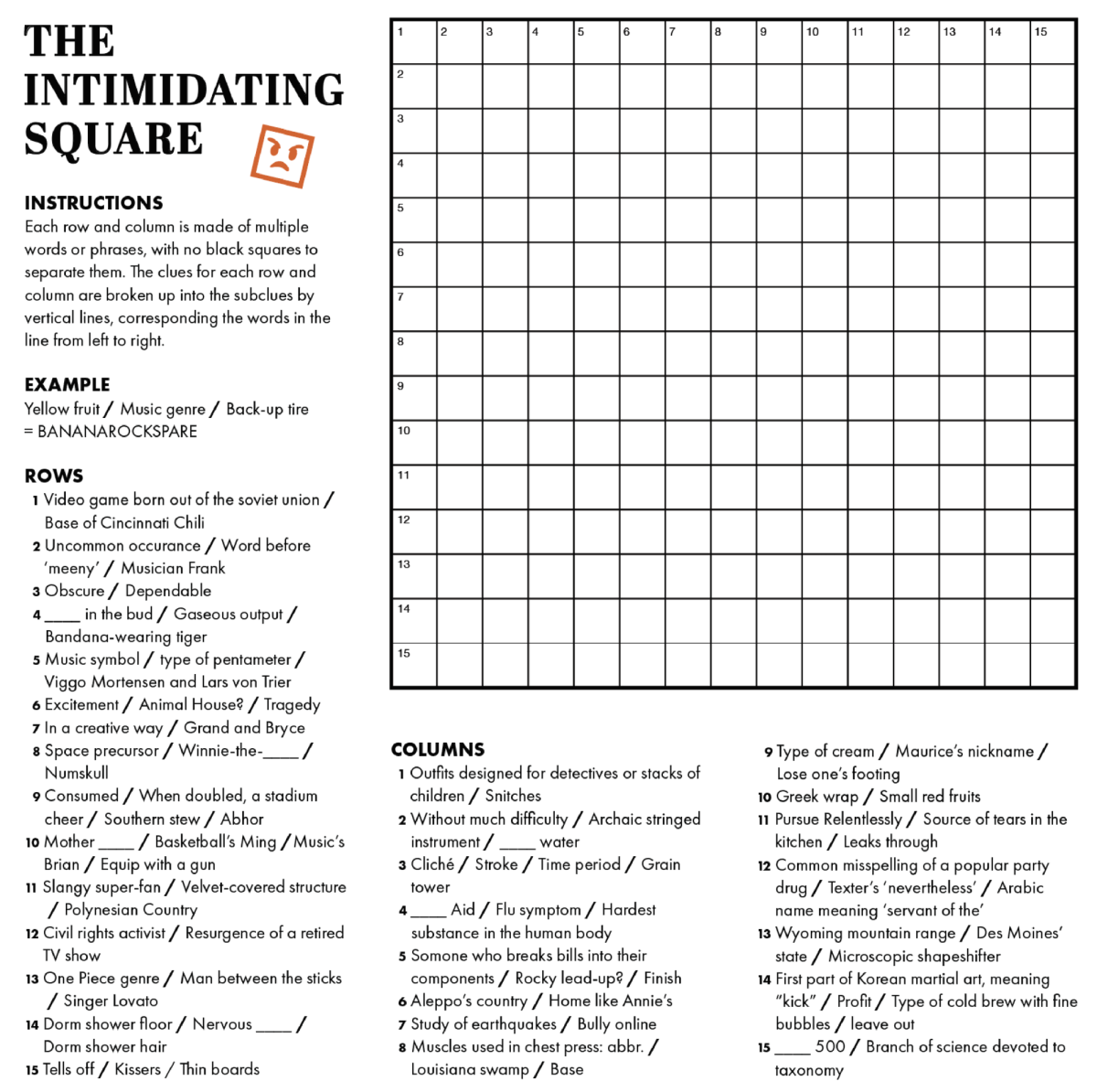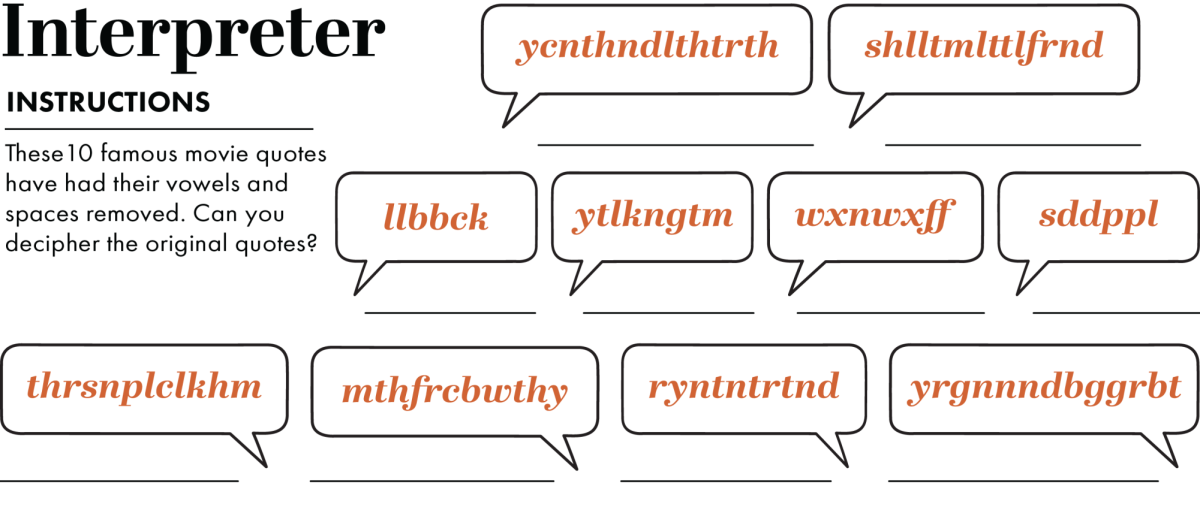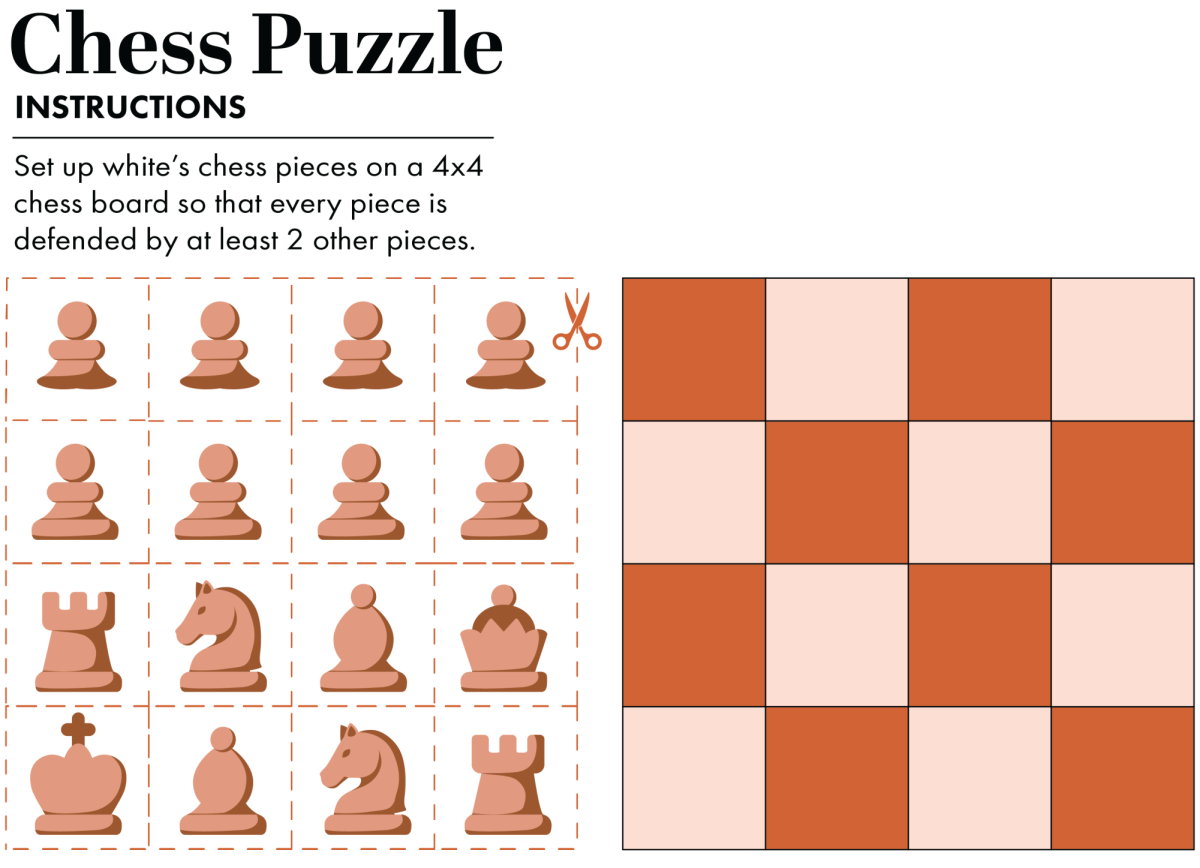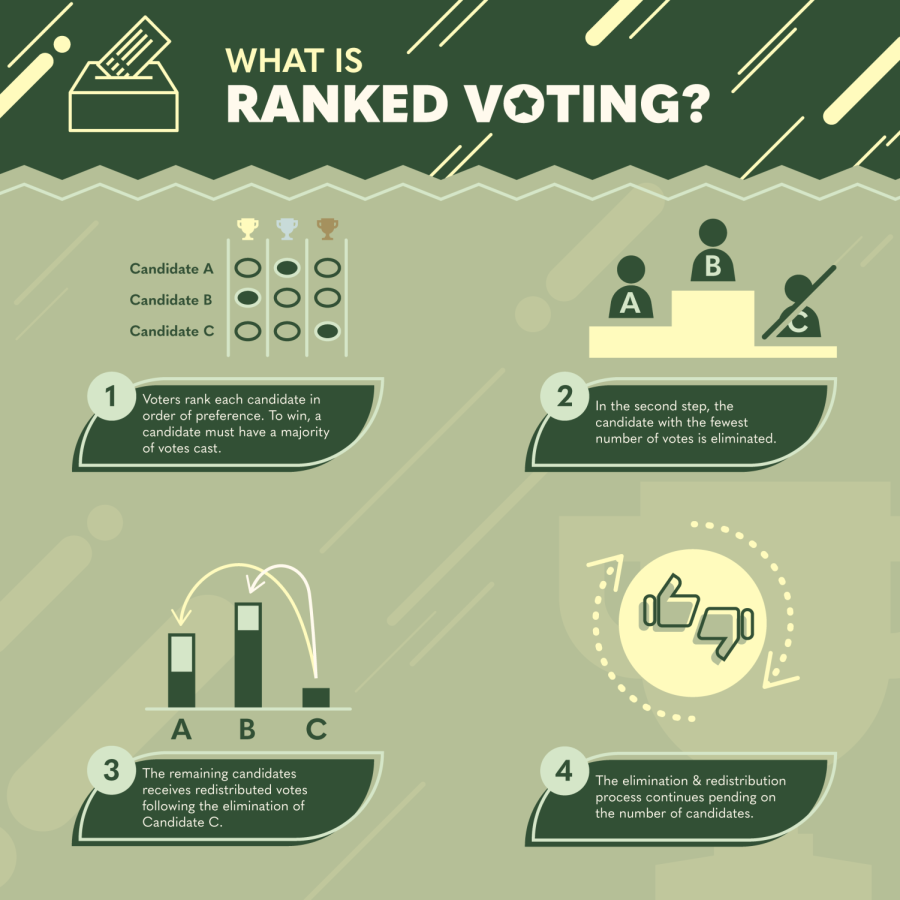Corvallis adopts ranked choice voting for upcoming general election
Teresa Aguilera, OMN Illustrator
How the “Ranked voting” or “Ranked-choice voting” system works when it comes to elections.
October 3, 2022
The City of Corvallis has announced the implementation of a ranked choice voting system for the municipal Nov. 8 general election.
The ranked choice voting system was passed under 2016’s measure 2-100 and was used in the Benton County Commissioner race in the 2020 general election. This year marks the first time the system has been used in a Benton County municipal general.
Under RCV, voters will have a choice between multiple candidates for both the mayoral position and nine city council seats. Instead of only voting for their top candidate, voters will now rank their top three candidates if there are more than two contenders in the race. One write-in candidate can be ranked on an RCV ballot.
A candidate wins when they receive more than 50% of the first-place votes. If no one receives a majority of first-place votes, then the candidate with the fewest first-choice votes is eliminated. Votes for the eliminated candidate are automatically recast to the second-choice candidate, and this process is repeated until a candidate wins the majority of the votes.
In order for a ballot to be tallied, no two candidates can receive the same ranking. This is considered an overvote and will be nullified.
If a voter declines to rank the candidates, their vote is considered an undervote and will also be excluded from the final tally.
If a voter’s top three choices are all eliminated, the vote is exhausted and nullified.
The last day to register to vote in Oregon is Oct. 18. Mail-in and in-person ballots must be postmarked or brought in by 8:00 p.m. on Nov. 8 to be tallied.

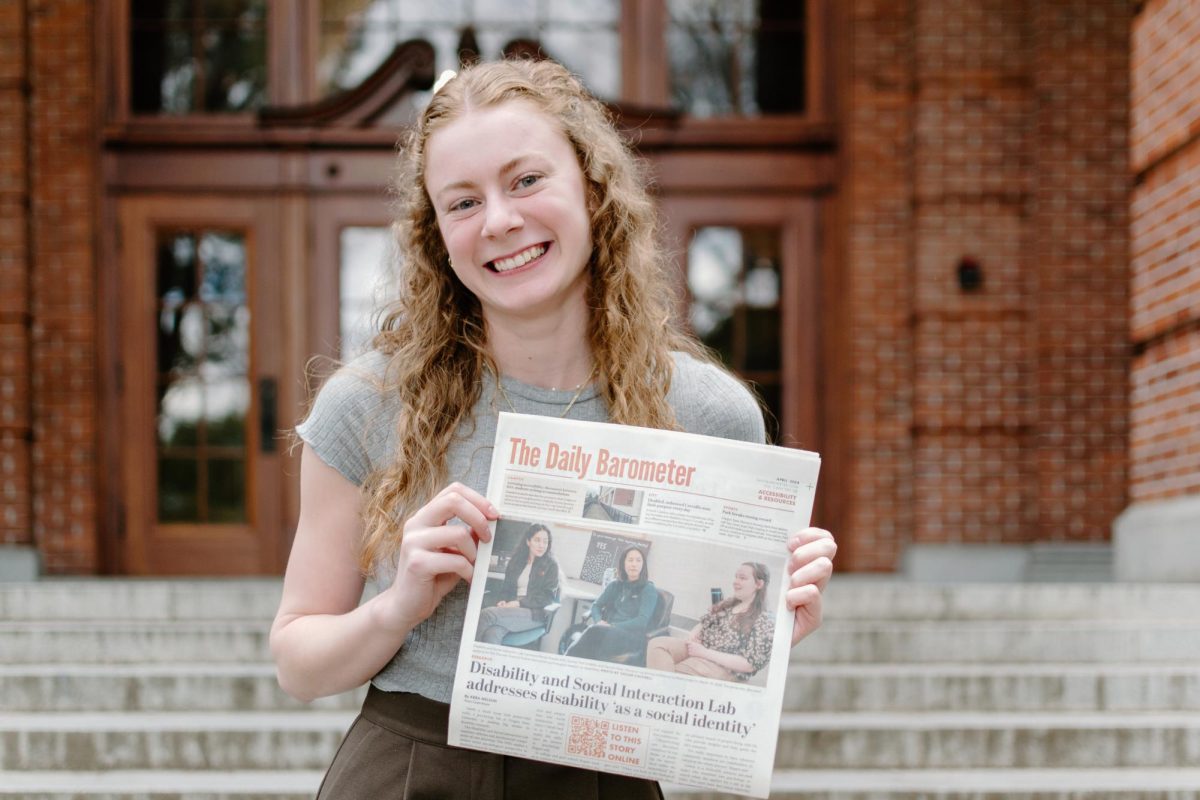

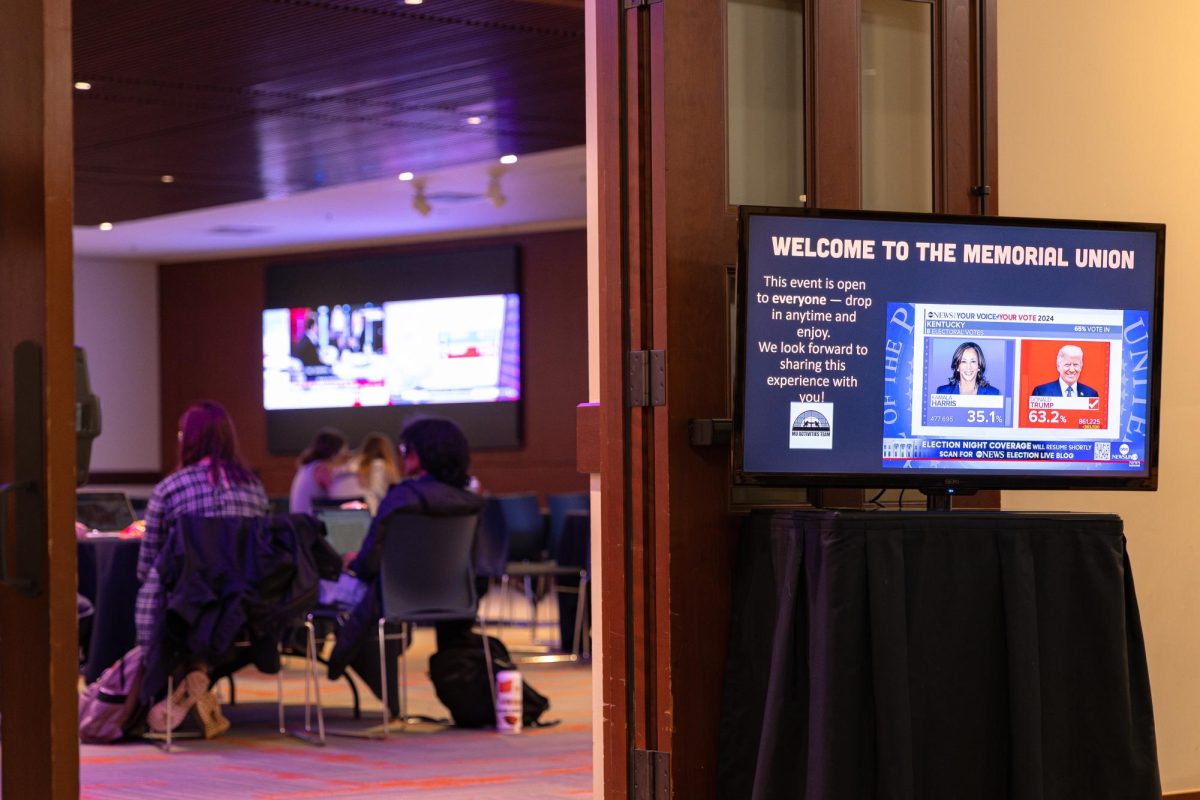











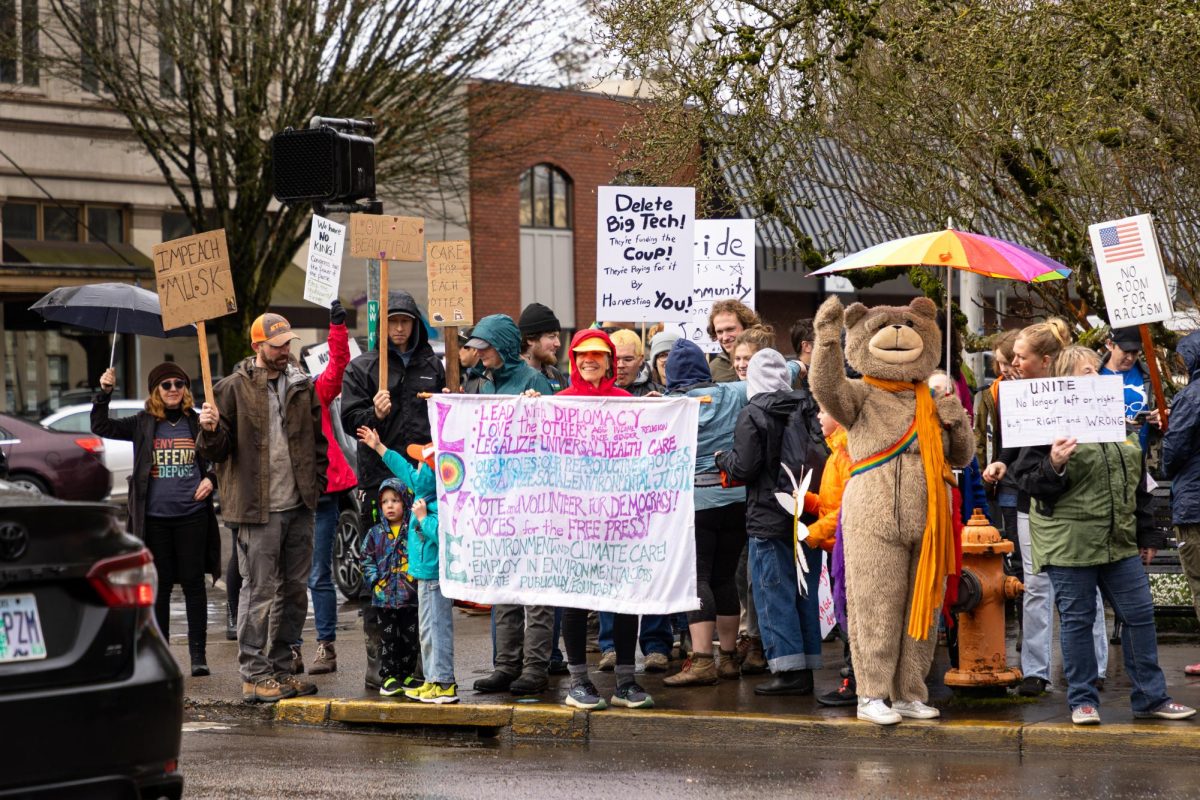

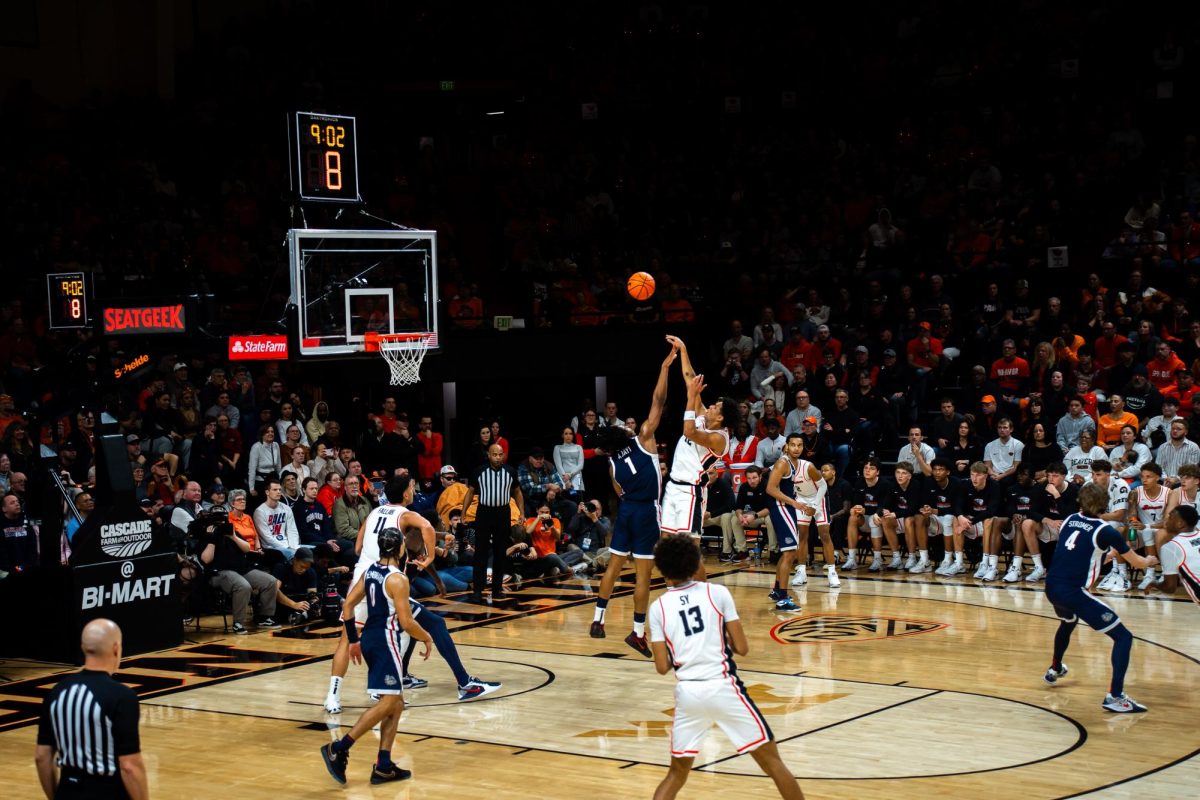


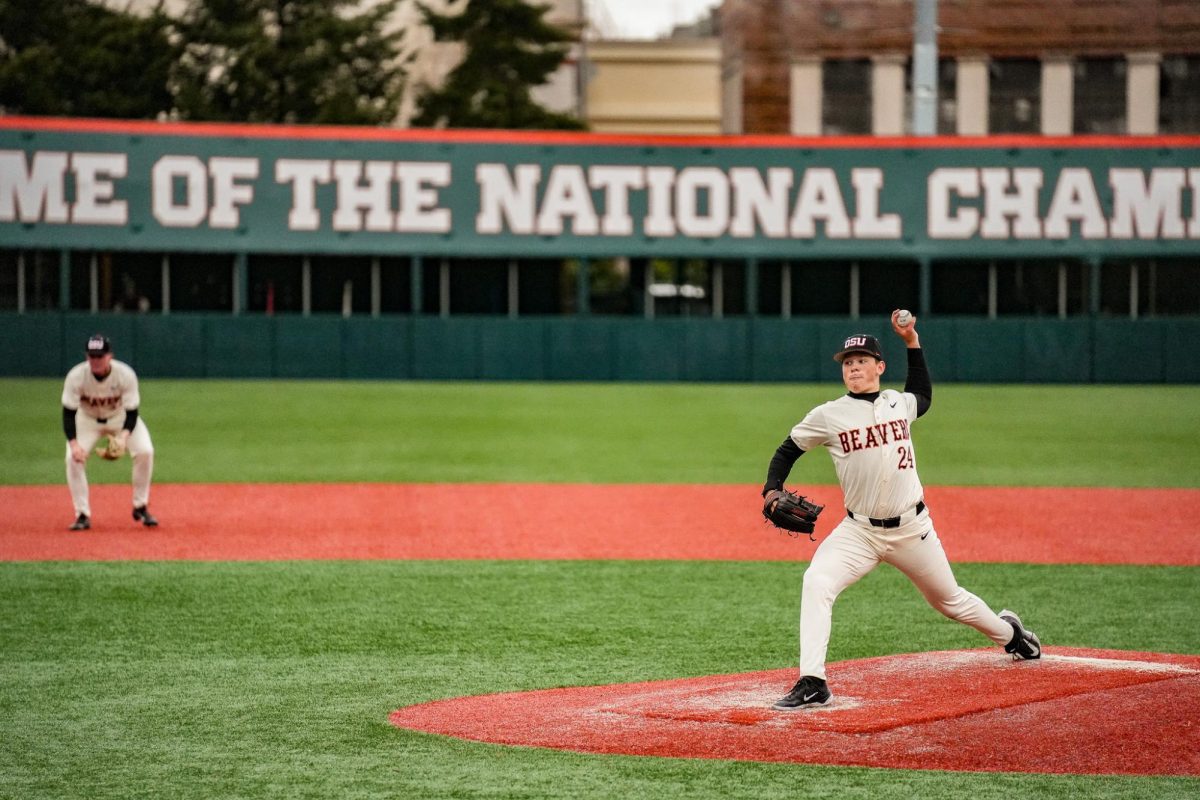

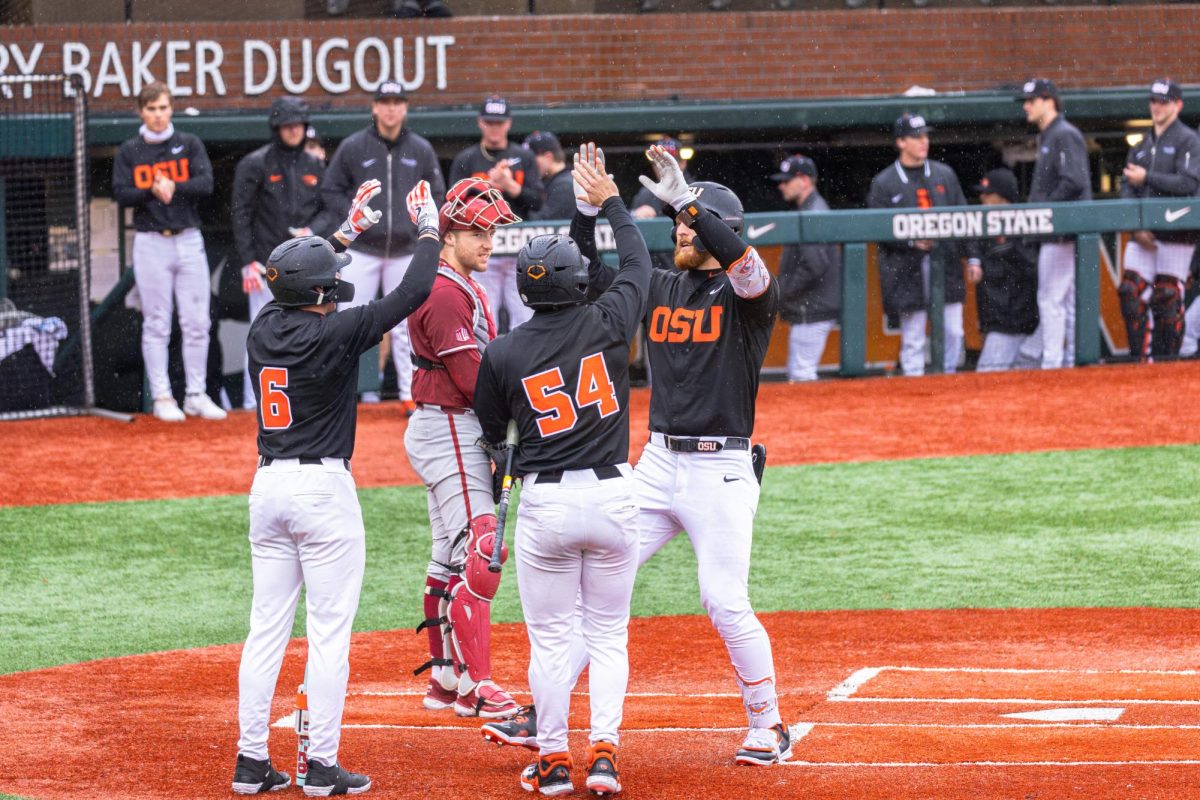

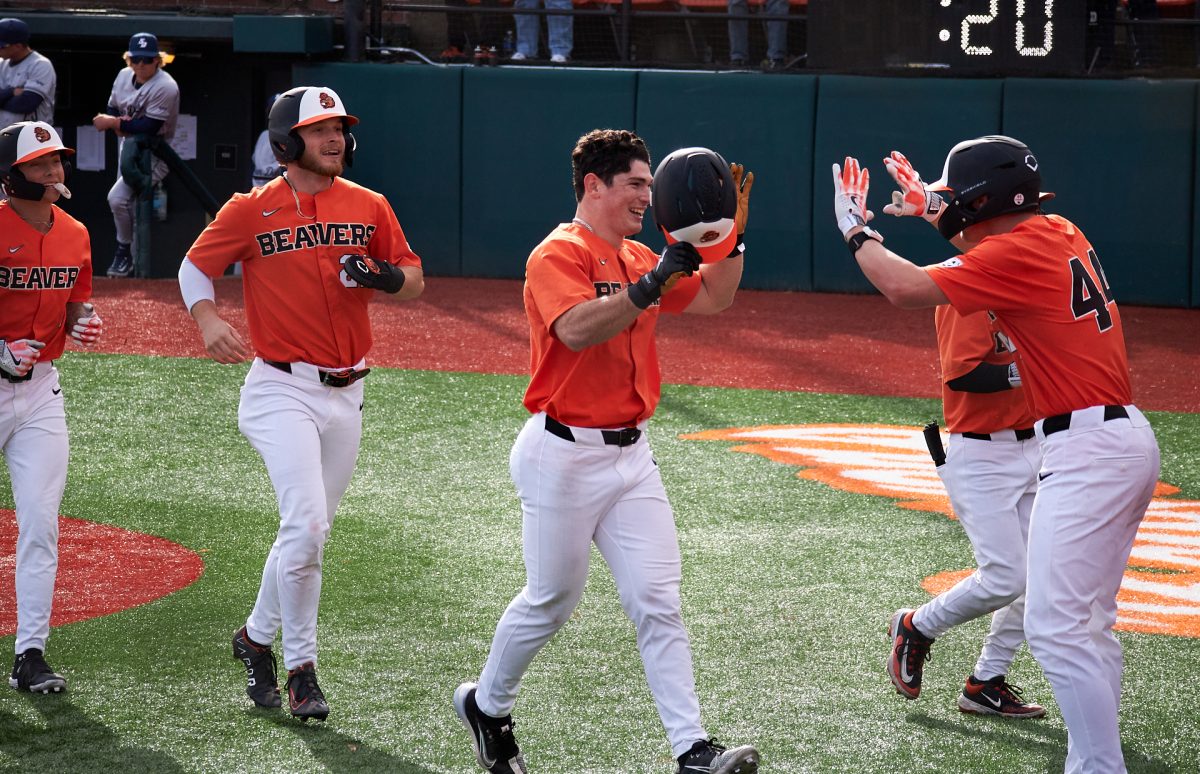
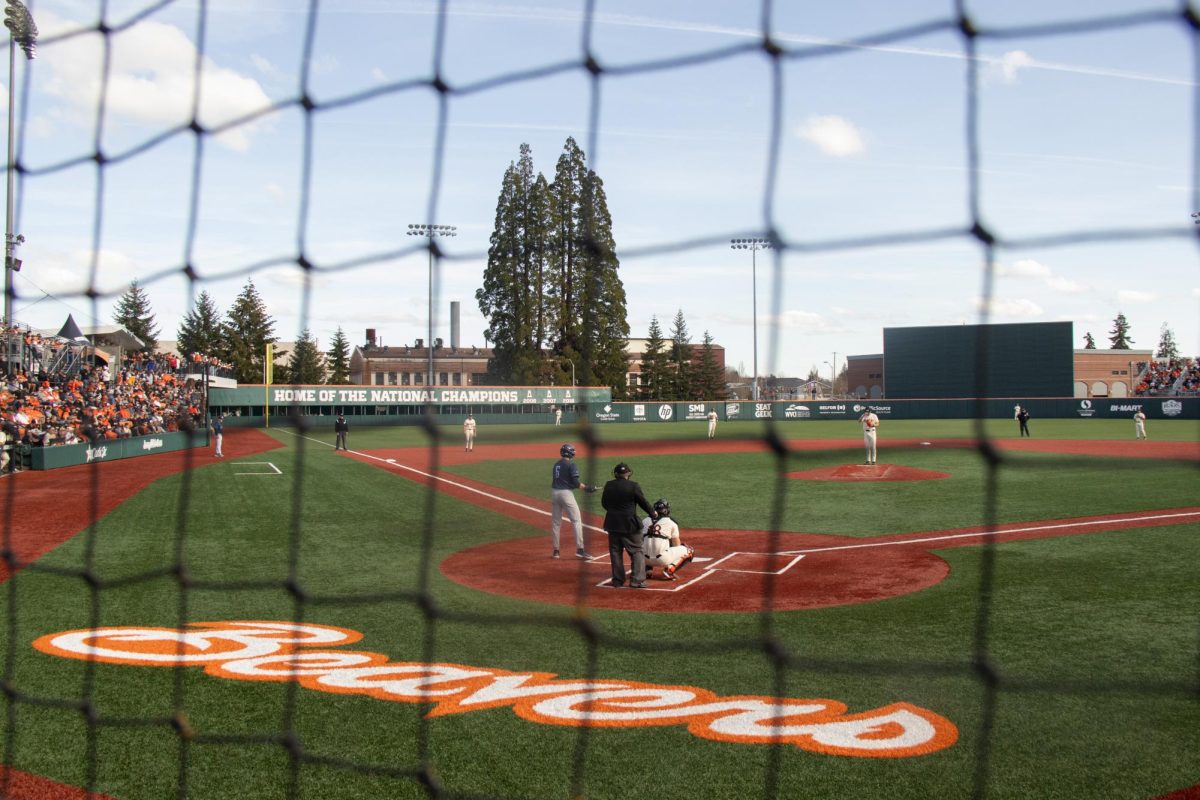

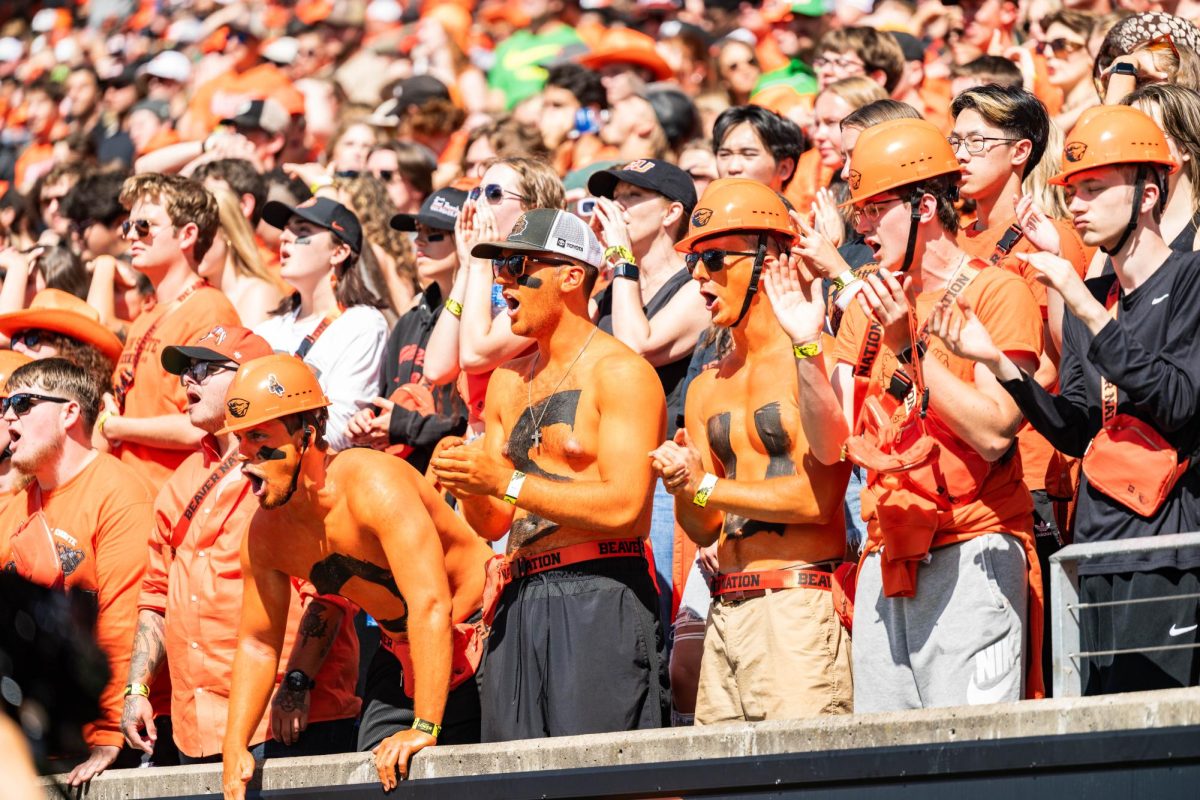



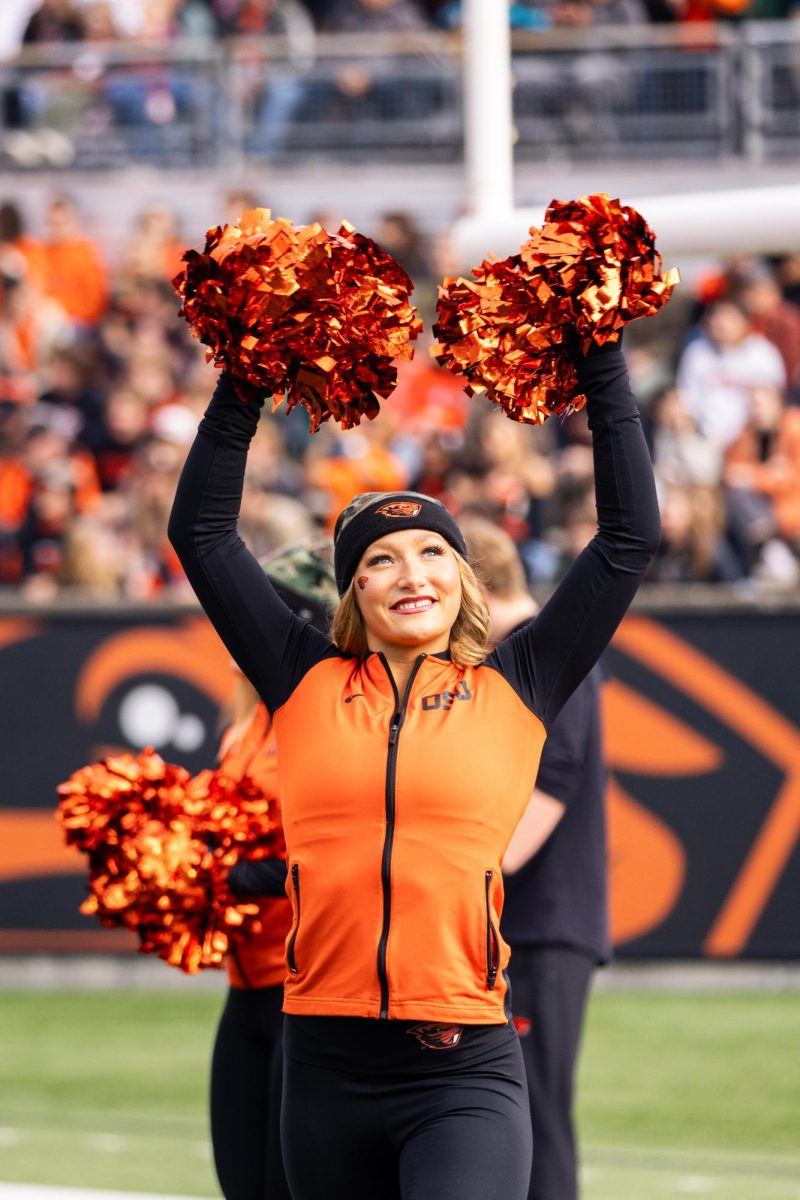
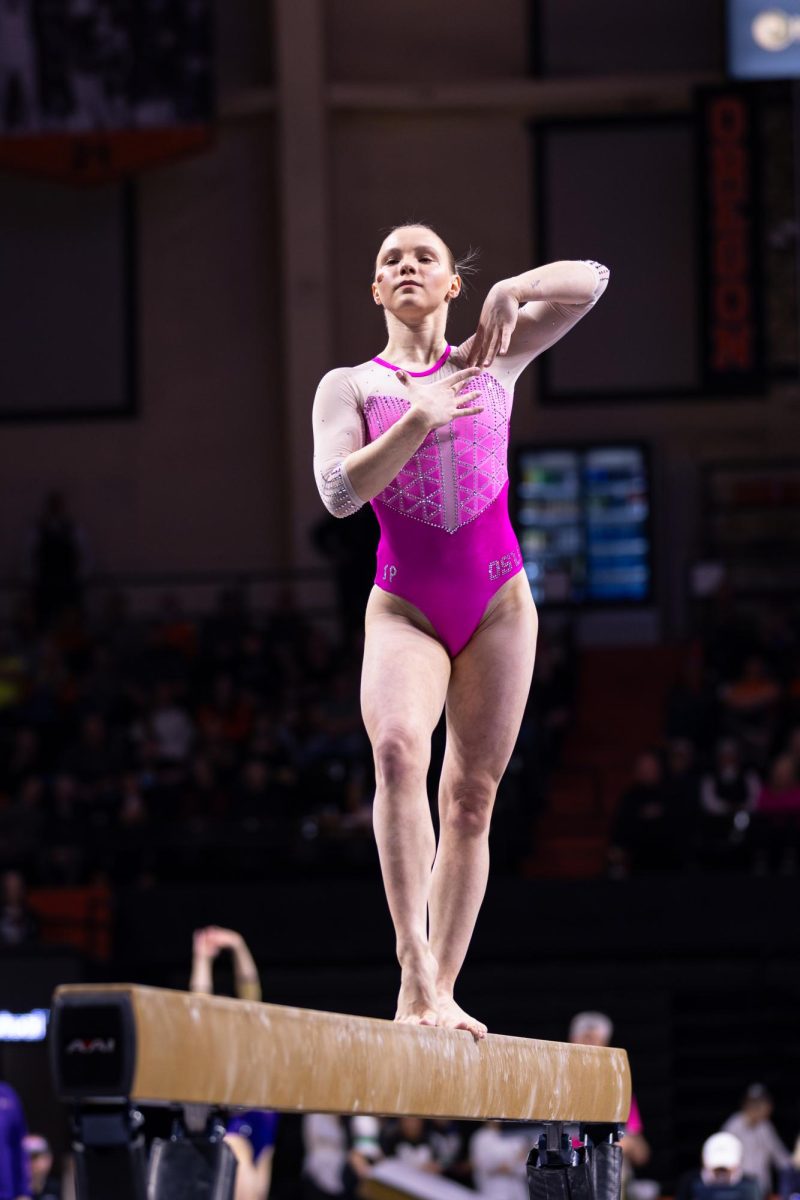



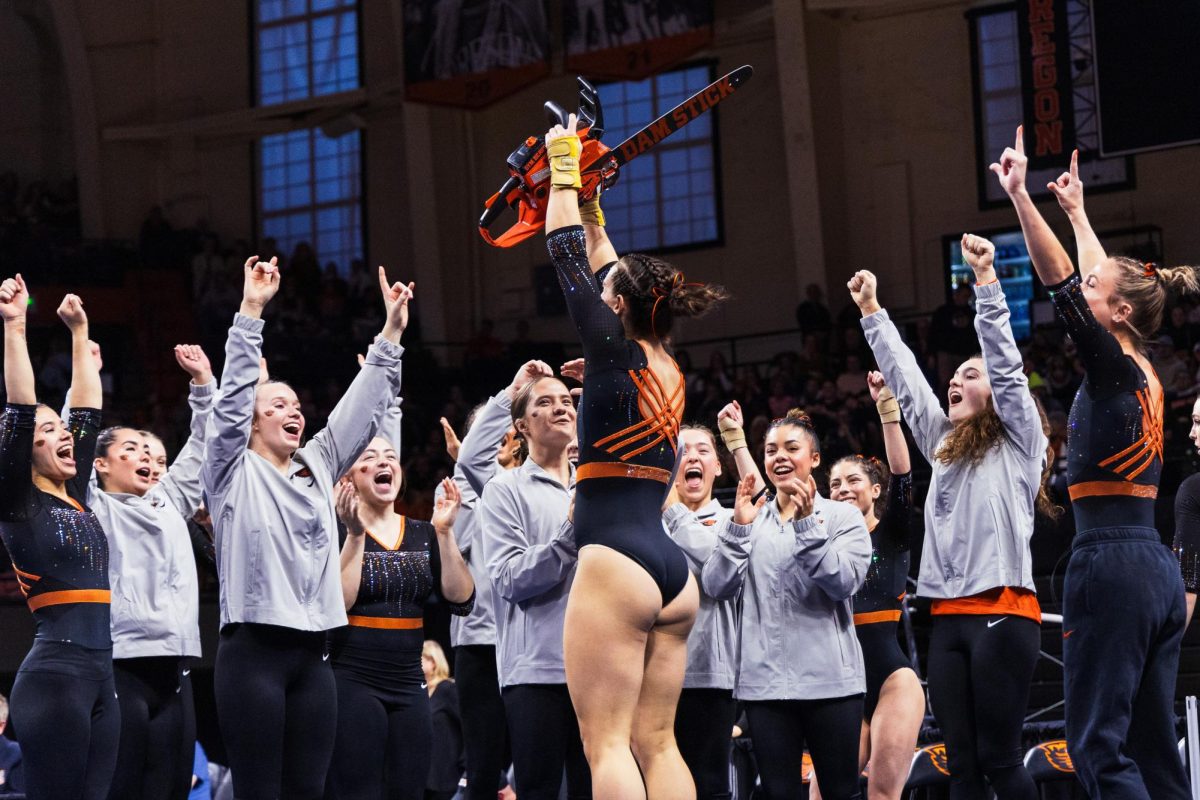




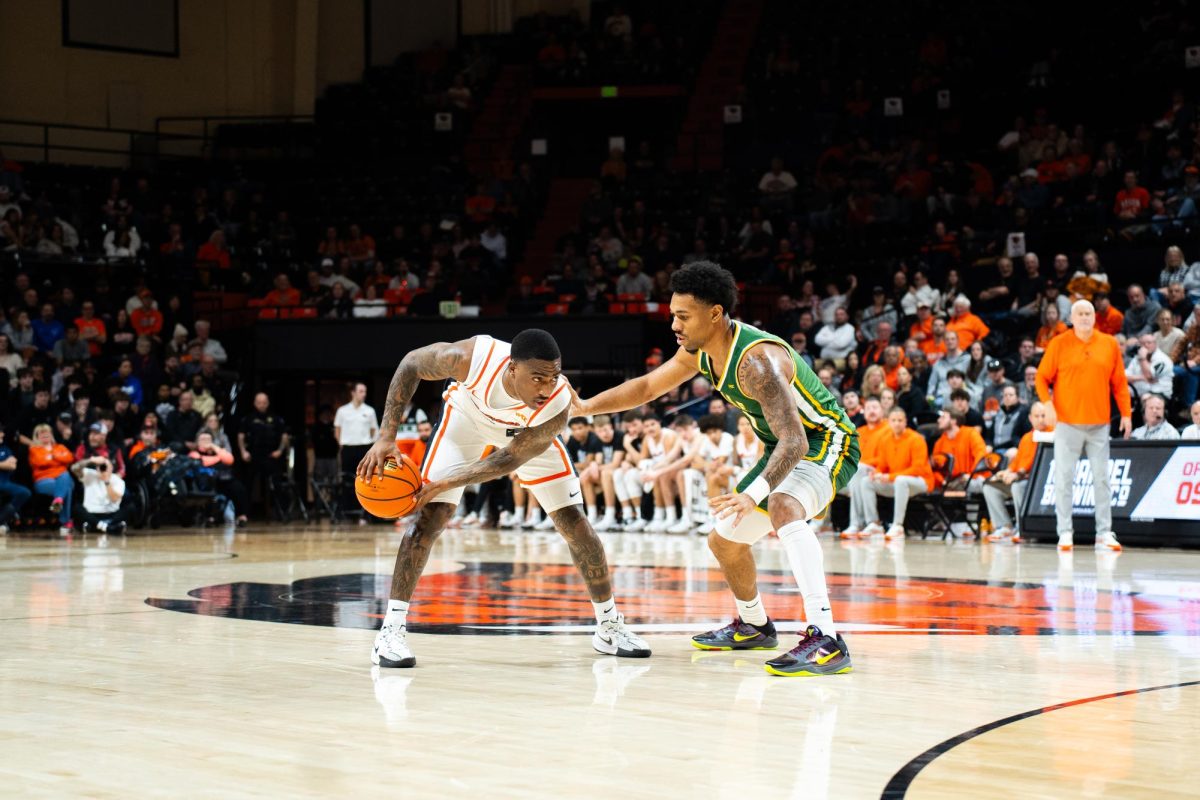



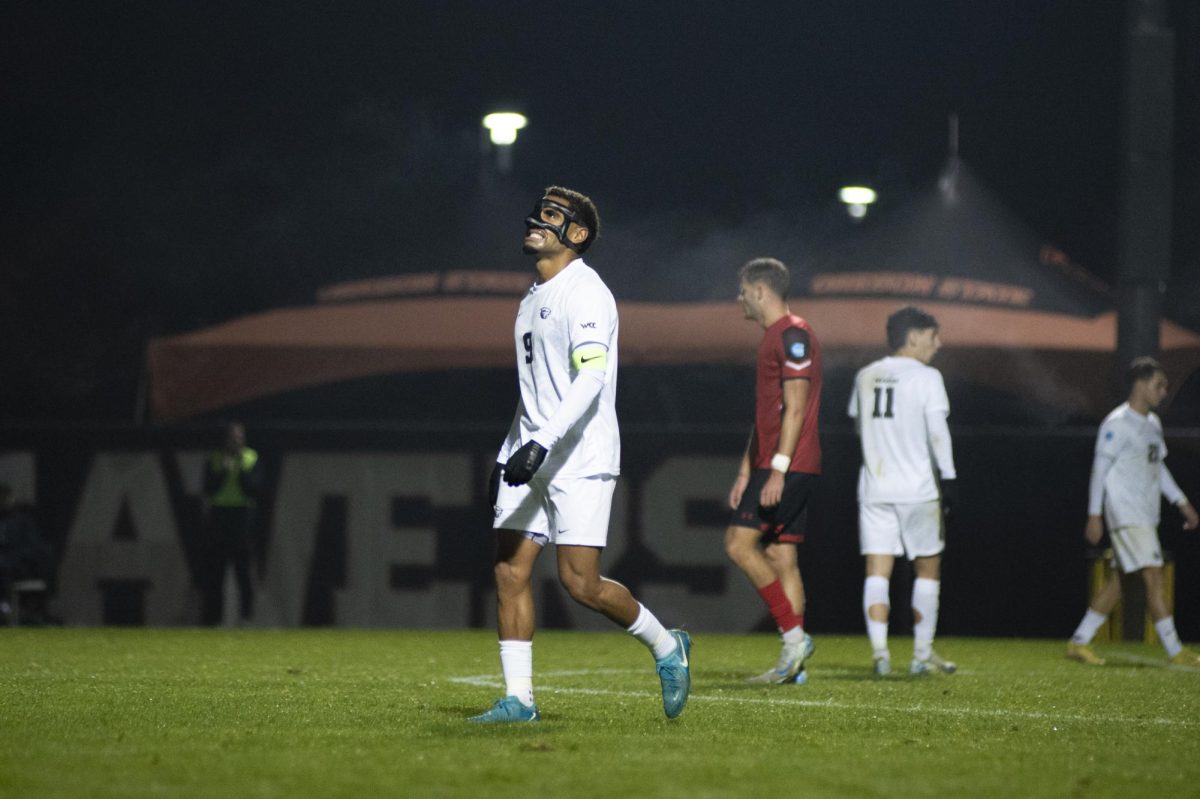
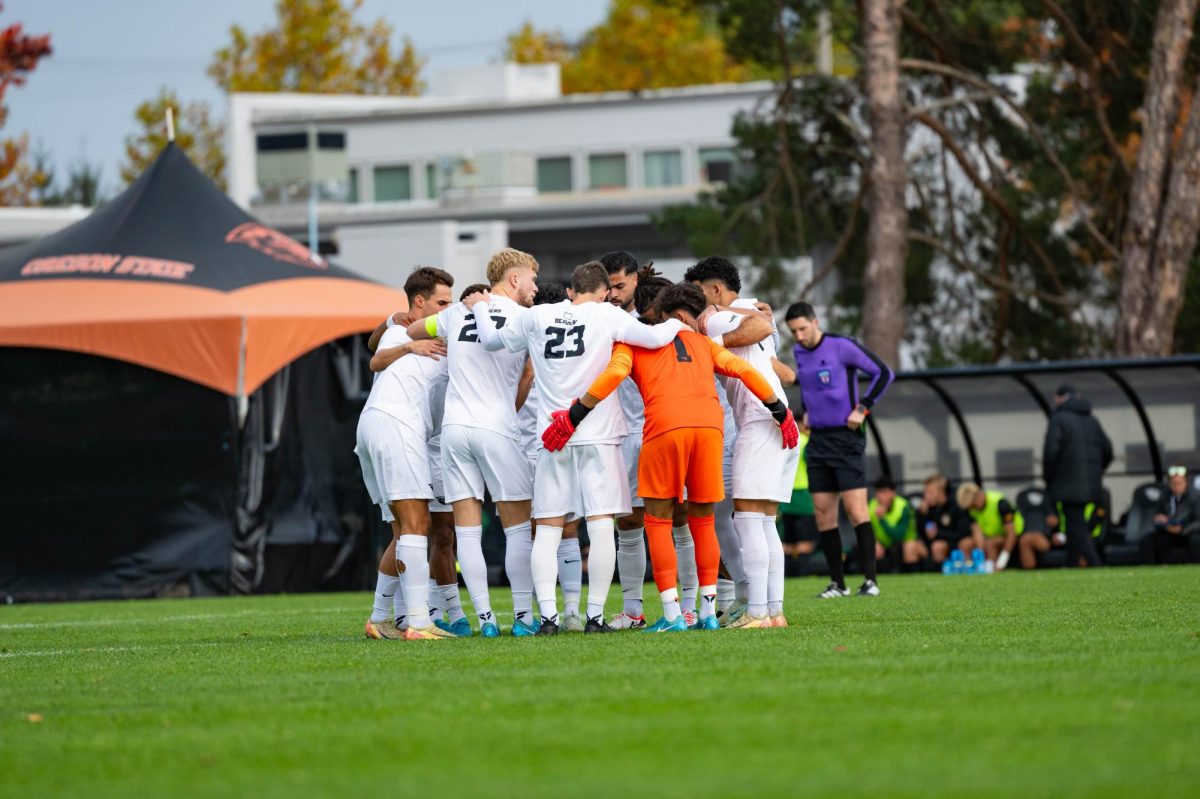






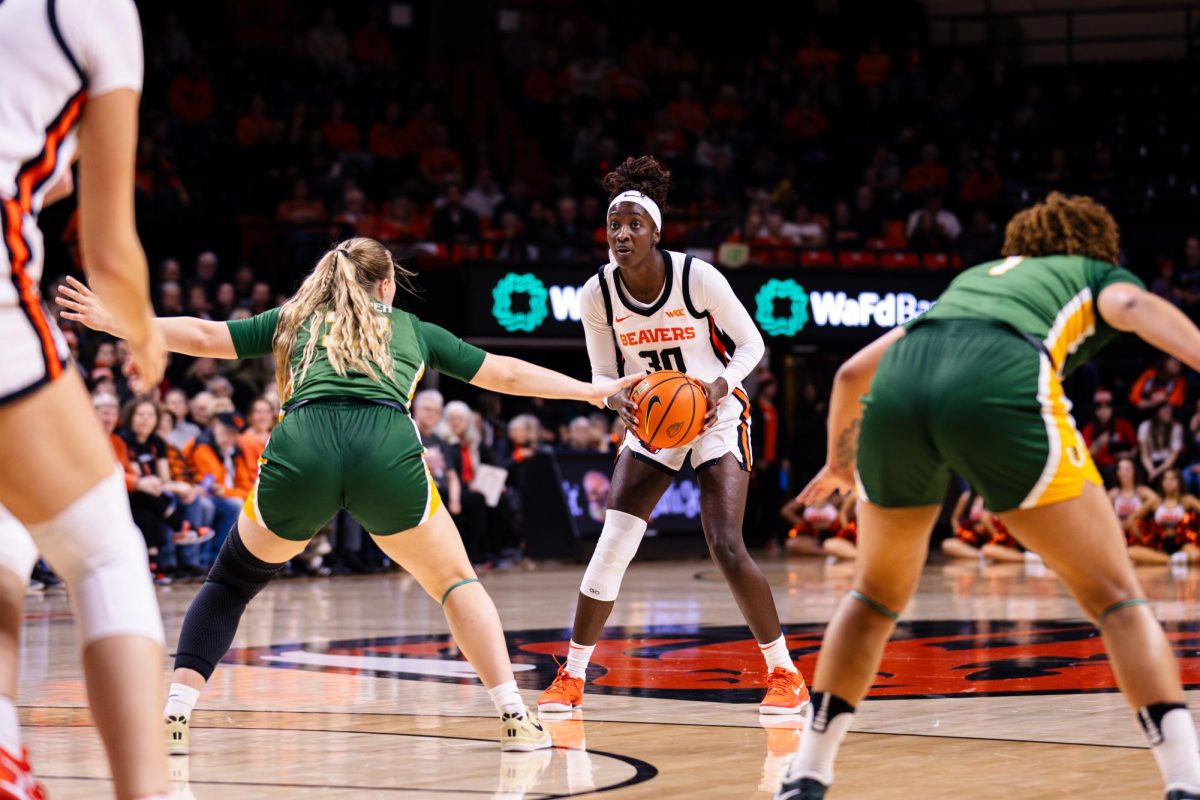
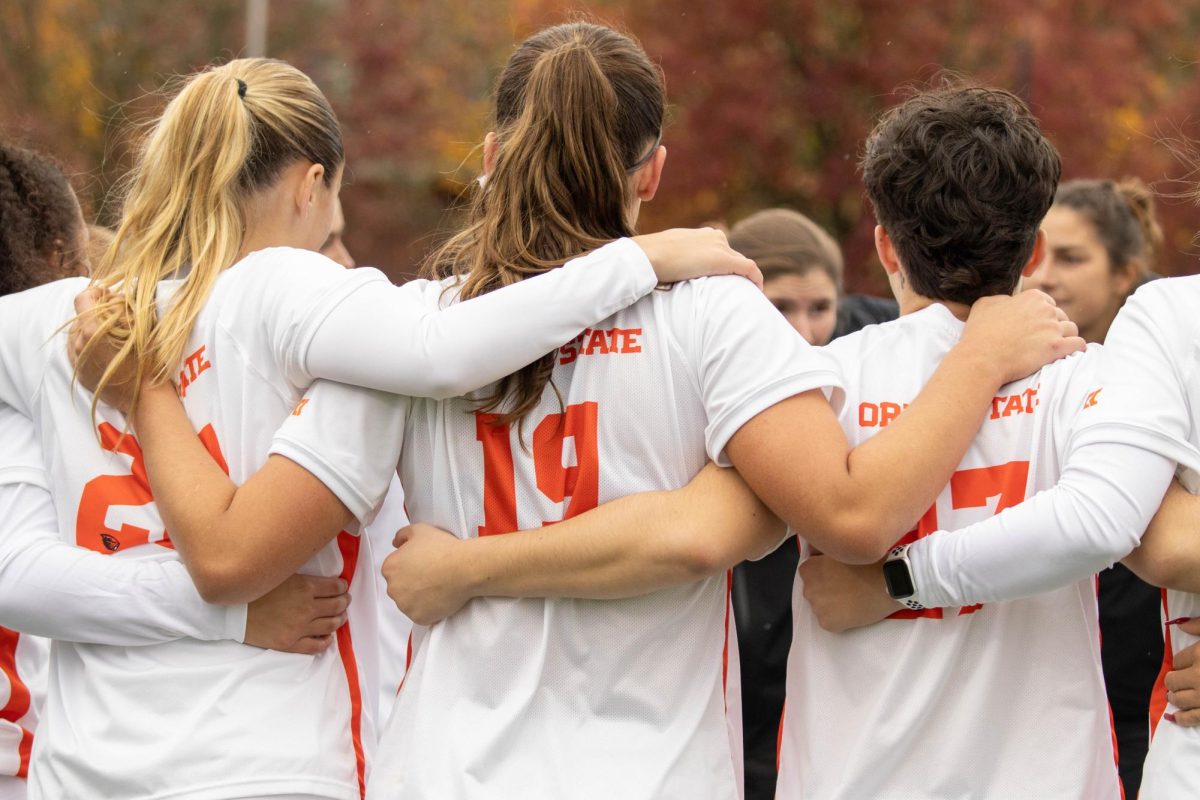
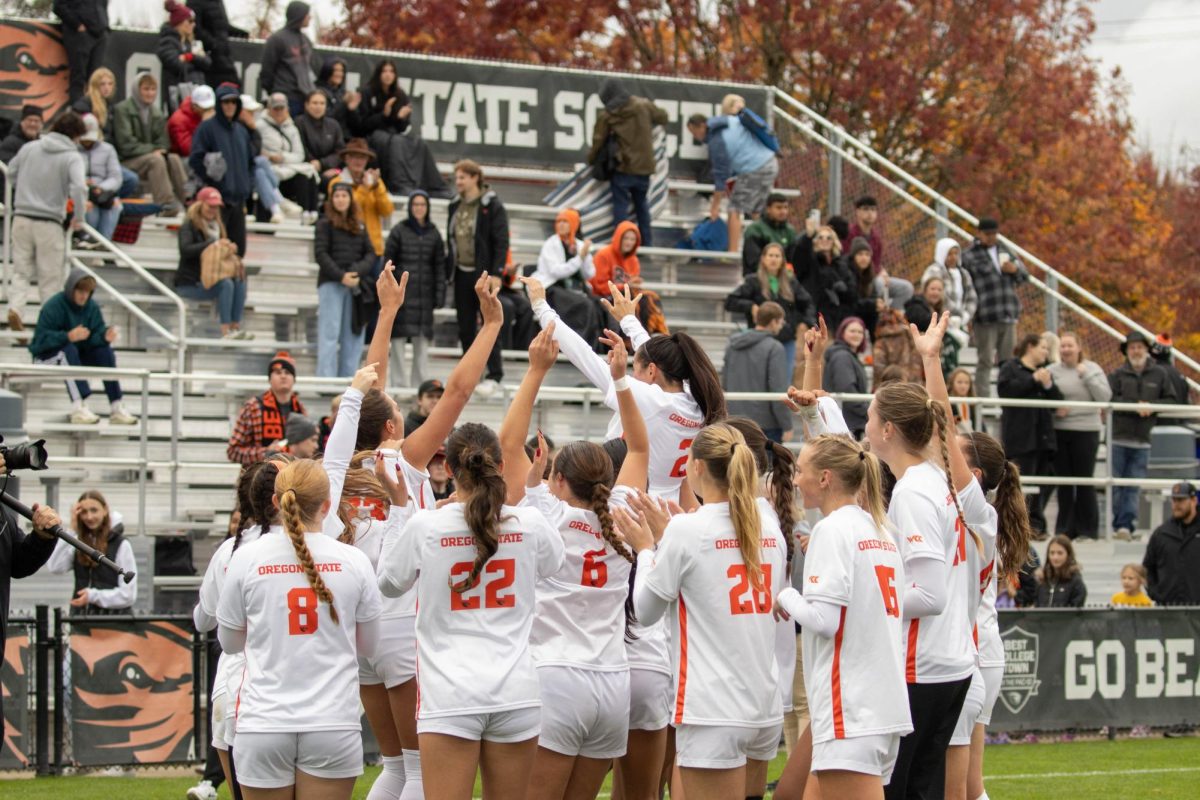
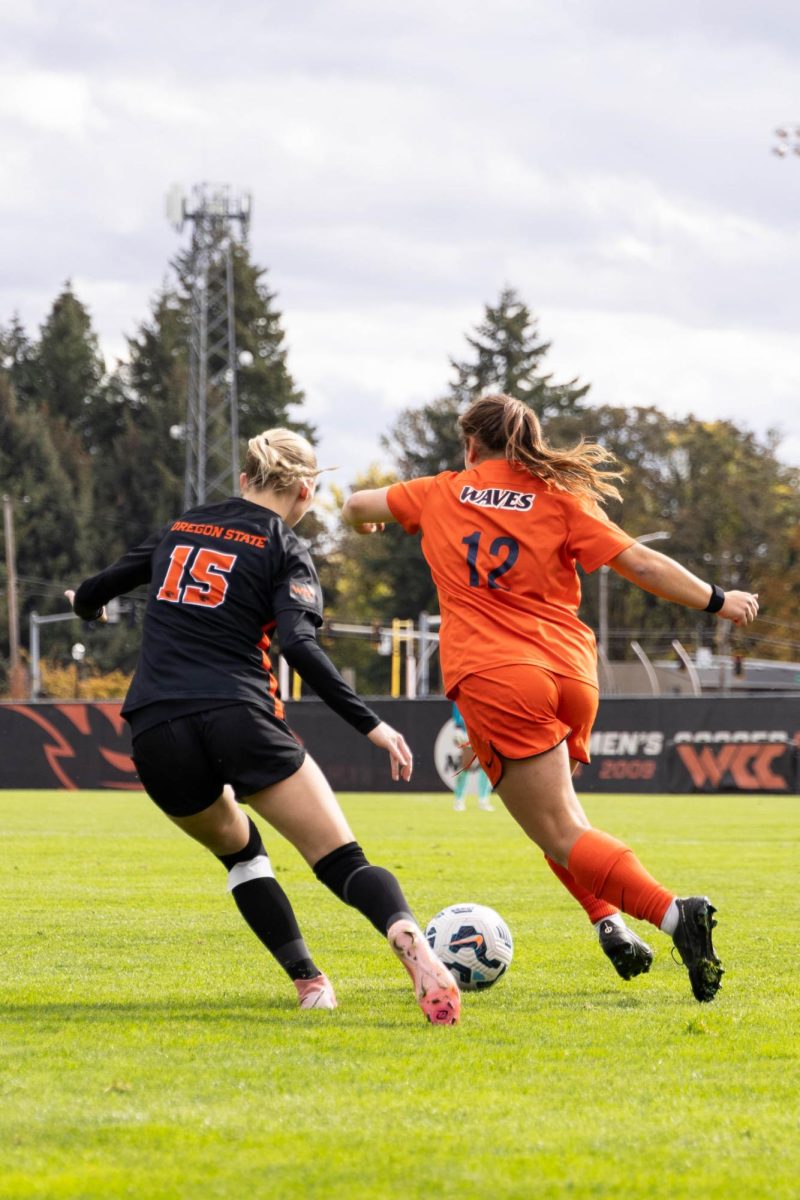








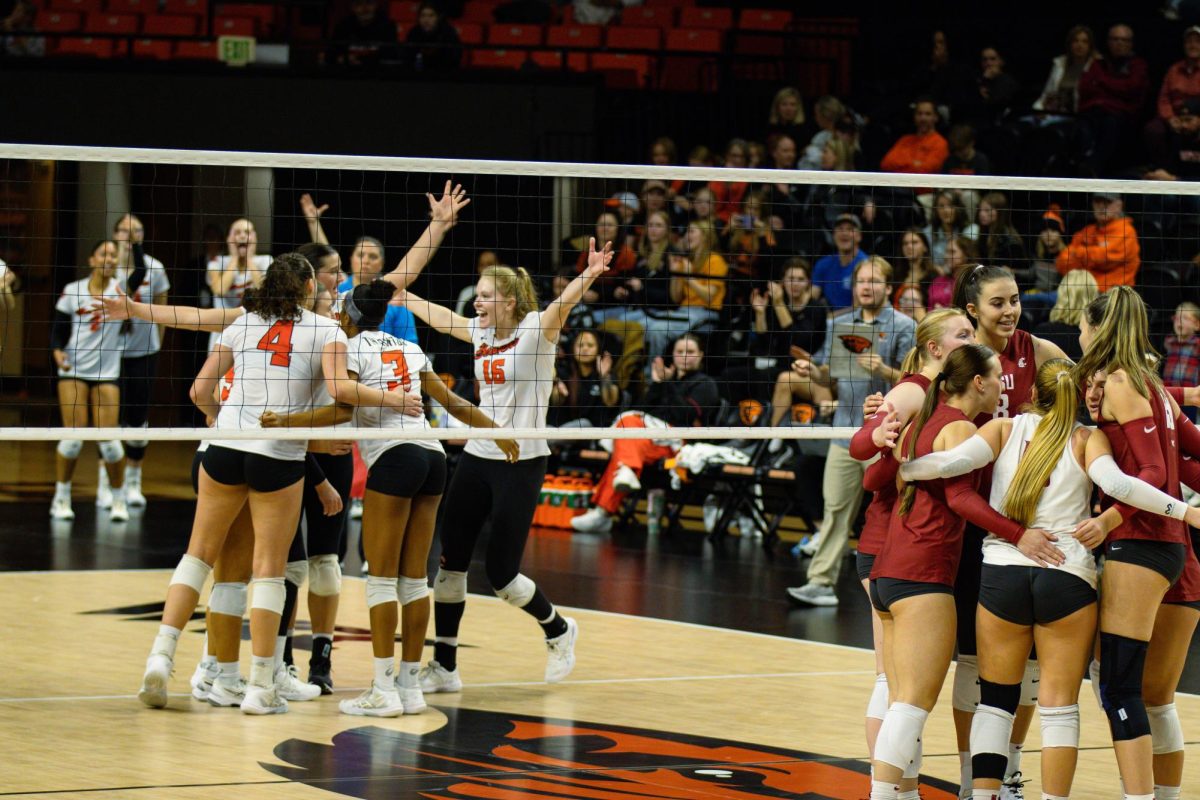

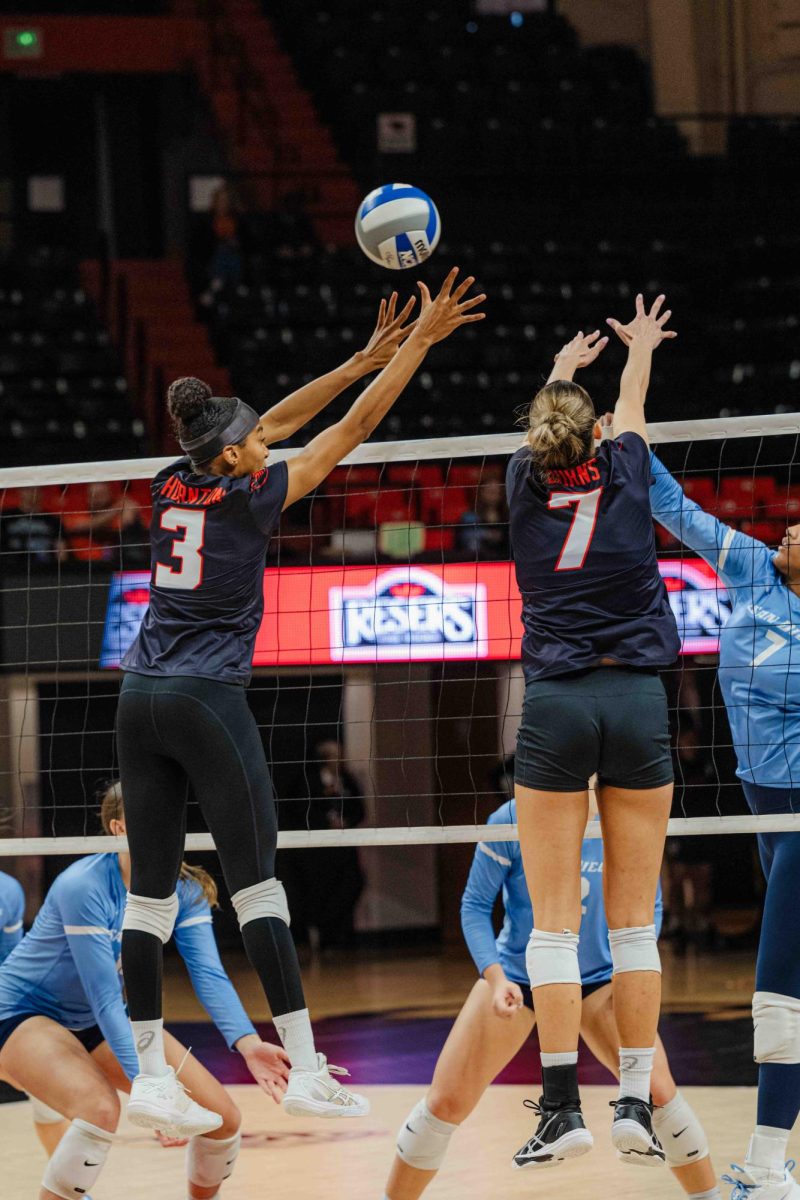
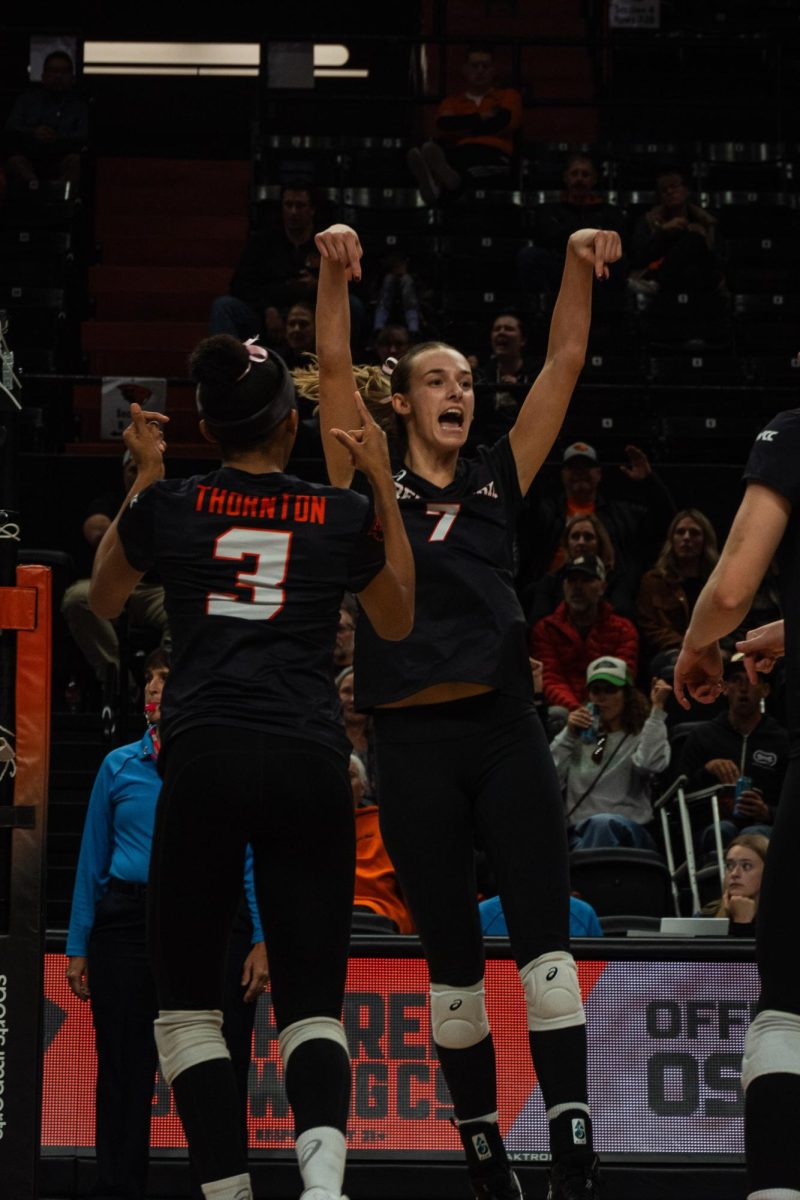













![Newspaper clipping from February 25, 1970 in the Daily Barometer showing an article written by Bob Allen, past Barometer Editor. This article was written to spotlight both the student body’s lack of participation with student government at the time in conjunction with their class representatives response. [It’s important to note ASOSU was not structured identically to today’s standards, likely having a president on behalf of each class work together as one entity as opposed to one president representing all classes.]](https://dailybaro.orangemedianetwork.com/wp-content/uploads/2025/03/Screenshot-2025-03-12-1.00.42-PM-e1741811160853.png)




















